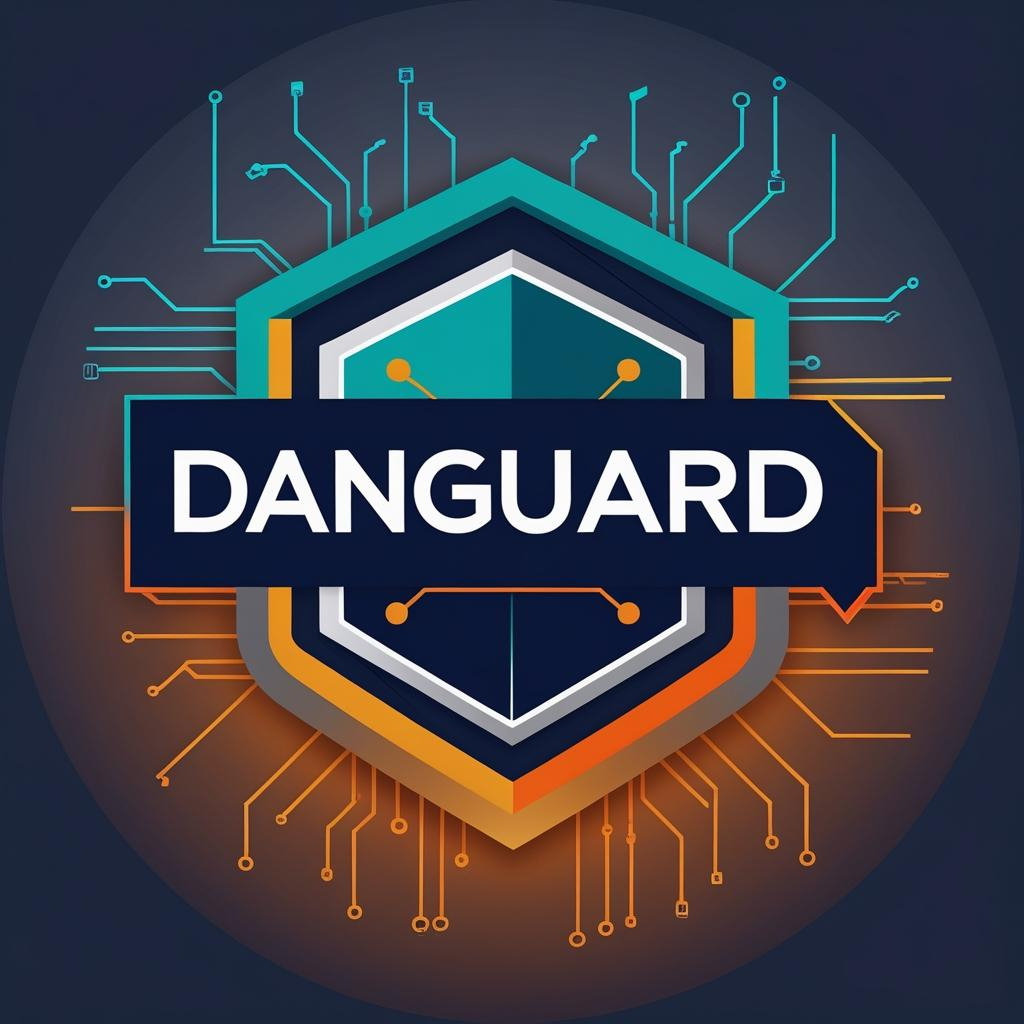The Intersection of IT and OT Security: Bridging the Gap for Stronger Protection
Introduction
In today’s increasingly interconnected world, the divide between Information Technology (IT) and Operational Technology (OT) is narrowing. This convergence is driven by the need for operational efficiency, real-time data analytics, and improved decision-making processes. While this brings undeniable benefits, it also introduces significant cybersecurity challenges. IT and OT systems have fundamentally different priorities—IT focuses on data security, confidentiality, and availability, while OT emphasizes reliability, safety, and continuous operation.
Bridging the gap between IT and OT security is crucial for protecting modern industrial environments from cyber threats. A unified approach ensures stronger, more resilient security for both the enterprise and the critical infrastructure it relies on.
Understanding the Differences Between IT and OT Security
Before exploring how to bridge the gap, it’s essential to understand the key differences between IT and OT security:
-
Information Technology (IT) Security: Focuses on protecting data confidentiality, integrity, and availability. IT systems include enterprise networks, cloud infrastructures, and end-user devices. Security practices here often revolve around encryption, firewalls, access controls, and data loss prevention (DLP) technologies.
-
Operational Technology (OT) Security: Primarily concerns the security of physical equipment, processes, and systems that control industrial environments. OT systems include Industrial Control Systems (ICS), SCADA (Supervisory Control and Data Acquisition) systems, and other technologies used to manage critical infrastructure. OT security is focused on maintaining the reliability and safety of operations, with priorities on uptime and process integrity.
While IT has long established cybersecurity frameworks, OT environments have historically operated in isolation, with an emphasis on physical security. The rapid digitization of industrial systems—often referred to as Industry 4.0—has increased the need to adopt IT-like security measures for OT environments.
The Challenges of IT and OT Convergence
The integration of IT and OT systems opens the door to a host of new vulnerabilities. Some of the most common challenges include:
-
Legacy Systems in OT Environments: Many OT systems were not designed with cybersecurity in mind, as they were initially isolated from external networks. These legacy systems lack modern security features, making them prime targets for cyberattacks.
-
Different Priorities and Cultures: IT teams prioritize data protection, while OT teams are focused on keeping systems running smoothly and safely. This difference in objectives can lead to misaligned security strategies if not properly managed.
-
Increased Attack Surface: The integration of IT and OT introduces new entry points for attackers. Cybercriminals can exploit vulnerabilities in IT networks to gain access to OT systems, potentially causing disruptions to critical processes and infrastructure.
-
Lack of Visibility Across Systems: OT networks often use proprietary protocols and operate in isolation from IT systems, making it difficult for cybersecurity teams to achieve full visibility and apply uniform security policies.
-
Compliance and Regulatory Requirements: OT environments in sectors such as energy, transportation, and healthcare are subject to strict regulations. Bridging the IT-OT gap means ensuring that both sides comply with relevant standards, which can be a complex task.
Strategies to Bridge the Gap Between IT and OT Security
Successfully unifying IT and OT security requires a holistic approach that accounts for the unique challenges of both environments. Below are key strategies to bridge the gap and strengthen overall protection.
1. Adopt a Unified Security Framework
Organizations should adopt a single cybersecurity framework that covers both IT and OT environments. This framework should align with relevant standards like NIST (National Institute of Standards and Technology) or IEC 62443, which provide guidelines for securing industrial control systems.
A unified framework helps ensure that all systems are protected by consistent security policies, reducing gaps that attackers could exploit. It also promotes better collaboration between IT and OT teams, aligning their objectives toward a shared goal of security and reliability.
2. Implement Network Segmentation
Network segmentation is a critical strategy for protecting OT environments from threats originating in IT networks. By dividing networks into secure zones with restricted access, organizations can prevent lateral movement of attackers across systems.
Key practices include:
- Isolating OT Networks from IT: Create strong firewalls and gateways between IT and OT systems, ensuring that only authorized traffic passes between the two.
- Segmenting OT Zones: Even within the OT environment, segmenting systems by function or criticality helps prevent widespread disruptions in the event of an attack.
Network segmentation minimizes the risk of cross-contamination between IT and OT systems, creating additional layers of defense.
3. Use Real-Time Monitoring for OT Networks
Real-time monitoring is a key element of modern cybersecurity, and OT environments must adopt this practice to detect and respond to threats quickly. Advanced monitoring tools, like Intrusion Detection Systems (IDS) and Intrusion Prevention Systems (IPS), can analyze traffic on OT networks, detect anomalies, and alert security teams to potential incidents.
Additionally, Security Information and Event Management (SIEM) systems can provide centralized visibility across both IT and OT environments, collecting and correlating security data from all systems. By monitoring OT environments in real-time, organizations can detect potential attacks before they lead to operational disruptions.
4. Implement Strict Access Controls
Access control is vital in preventing unauthorized users from gaining access to sensitive OT systems. IT security teams are typically well-versed in the implementation of Identity and Access Management (IAM) solutions, including multi-factor authentication (MFA) and role-based access control (RBAC). These practices should be extended to OT systems to ensure that only authorized personnel can interact with critical infrastructure.
Zero Trust principles should also be applied, where every device and user must verify their identity before gaining access, regardless of their position within the network. This approach significantly reduces the risk of insider threats or compromised devices impacting OT environments.
5. Secure Legacy OT Systems with Compensating Controls
For many industries, replacing legacy OT systems with modern infrastructure is not a feasible option due to cost and downtime. However, these systems remain vulnerable to cyberattacks, making it essential to apply compensating controls to secure them.
Compensating controls for legacy OT systems include:
- Virtual Patching: Use network-based intrusion prevention systems (IPS) to provide protection without modifying the actual OT system.
- Security Wrappers: Install security gateways around legacy OT systems that filter traffic and detect malicious activity.
- Regular Audits: Perform regular security audits on legacy systems to identify vulnerabilities and ensure that compensating controls are functioning as intended.
These measures allow businesses to maintain security in OT environments while continuing to use their existing infrastructure.
6. Foster Collaboration Between IT and OT Teams
Perhaps the most crucial aspect of bridging the IT-OT gap is fostering collaboration between the two teams. IT and OT professionals must work together to develop joint security strategies, share knowledge, and create a culture of mutual respect.
Best practices include:
- Cross-Training: Provide OT personnel with cybersecurity training to help them recognize threats and understand the security measures being implemented. Similarly, IT teams should be educated on the unique challenges and priorities of OT systems.
- Joint Incident Response Plans: Develop a shared incident response plan that includes IT and OT personnel. This ensures that both sides are prepared to act quickly in the event of a cyberattack on critical infrastructure.
- Regular Communication: Establish regular meetings and communications between IT and OT teams to discuss security concerns, share updates on new threats, and align on security goals.
Breaking down silos between IT and OT teams is vital for ensuring that both sides work in harmony toward a more secure environment.
Conclusion
The convergence of IT and OT is creating new opportunities for industries but also introducing a host of cybersecurity challenges. To defend against sophisticated attacks, organizations must bridge the gap between IT and OT security by adopting a unified approach, segmenting networks, applying real-time monitoring, and fostering collaboration between IT and OT teams. By leveraging the strengths of both worlds, businesses can achieve stronger, more resilient protection for their critical infrastructure.
At Danguard.net, we specialize in helping organizations bridge the IT-OT gap with customized cybersecurity strategies that protect both digital and physical assets. Contact us today to learn how we can strengthen your cybersecurity posture.

